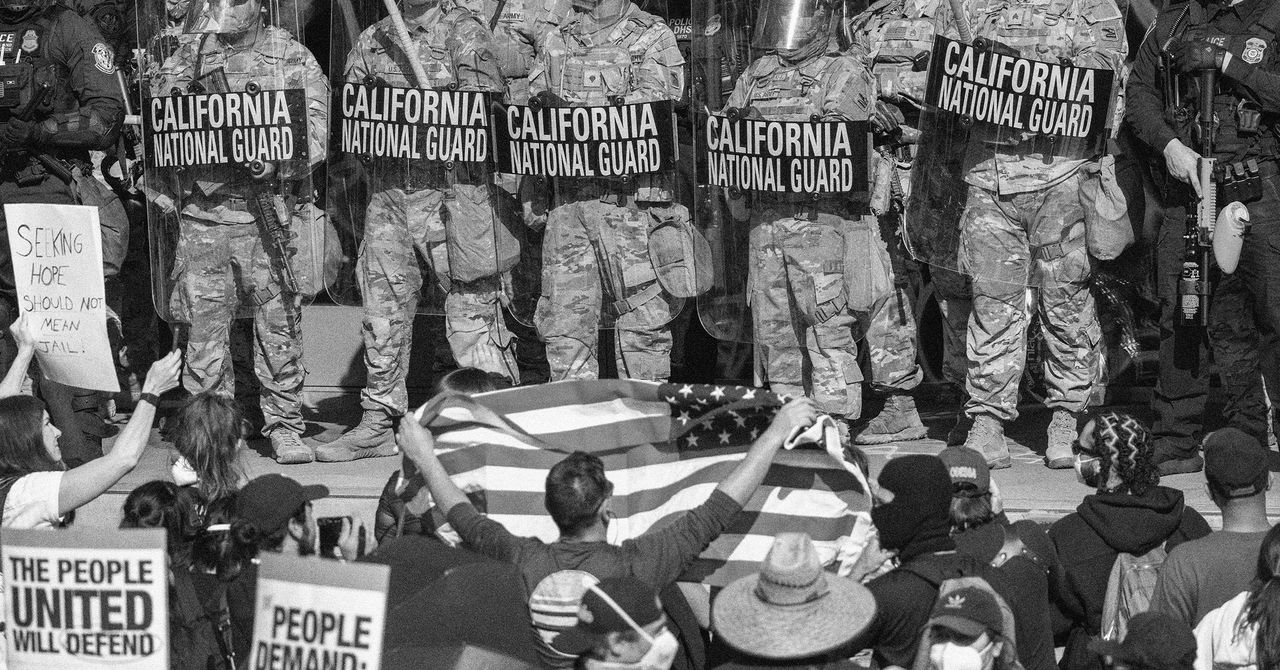Navigating Protest Safety: Strategies Against Surveillance and Identification
Introduction to Biometric Security Measures
As more individuals opt for biometric unlocking methods for quick access to their devices, it is crucial to be aware of specific emergency features that can enhance security. For instance, iPhone users can utilize a simple combination of holding the wake button along with a volume button to disable biometric locks such as FaceID and TouchID. This feature ensures that a passcode is mandatory for access, adding an extra layer of security against unauthorized entry.
Utilizing Technology Safely at Protests
The Role of Face Recognition in Protests
Facial recognition technology has emerged as a significant tool for identifying individuals during public demonstrations. To reduce the likelihood of being recognized, experts suggest wearing facial coverings, such as masks and sunglasses. However, it is worth noting that standard surgical masks may not sufficiently obstruct high-quality face-tracking systems. Greer from Fight for the Future recommends using full-face masks or creative disguises, such as themed costumes or humorous masks, to further complicate identification efforts.
Clothing and Personal Identifiers
When preparing for a protest, individuals should carefully consider their attire. Bright colors or distinctive logos can increase recognition risks. Additionally, visible tattoos may draw unwanted attention, so covering them could be prudent. Minimizing identifiable features aids in maintaining privacy in highly monitored environments.
Understanding the Risks of Attendance
Individuals attending protests today must gauge their personal risk tolerance, from potential identification to risks of physical confrontation or legal repercussions. Danacea Vo, founder of Cyberlixir, emphasizes that the landscape of protesting in the United States has shifted, with increased risks of violence and mass arrests compared to previous years.
Considerations for Vehicle Use
For those driving to protests, it is essential to recognize that automatic license plate readers can track vehicle movements effectively. These systems can potentially capture information conveyed through bumper stickers or signage on vehicles, thereby compromising anonymity.
Digital Footprint Awareness
Implications of Online Activity
Beyond physical safety, participants should be conscious of their digital footprint. Social media posts regarding protest attendance can be monitored and used by law enforcement agencies to identify participants. Sharing images or videos from the event amplifies this risk, particularly if they inadvertently include other attendees.
Law enforcement may utilize advanced data analysis tools to connect individuals to their online activities. Even seemingly benign past comments could surface during investigations, potentially leading to complications for those with sensitive immigration statuses or other vulnerabilities.
Conclusion
Attending protests requires careful consideration of both physical and digital privacy. As surveillance technologies evolve, individuals must adapt their strategies to protect their identities and personal safety while advocating for their causes. Staying informed about these developments can significantly enhance one’s ability to protest effectively and securely.




